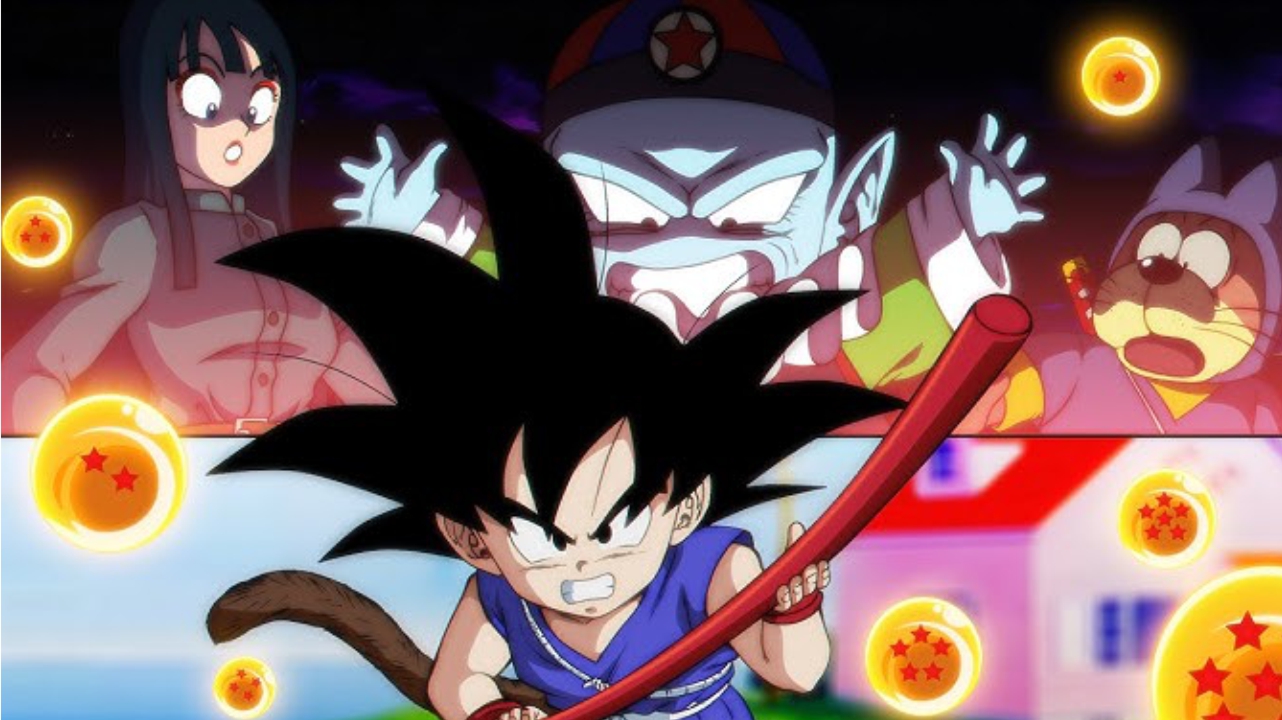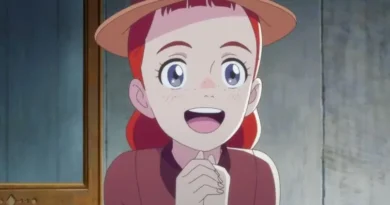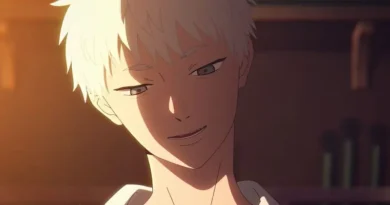Pilaf Saga Caused Dragon Ball’s Popularity to Drop

The Dragon Ball franchise is one of the most iconic in anime history, but its early days weren’t as smooth as many fans might think. Recently, renowned animator Katsuyoshi Nakatsuru revealed that the Pilaf Saga was rushed due to a decline in viewership.
Pilaf Saga Caused Dragon Ball’s Popularity to Drop
During an episode of the Japanese podcast KosoKoso, hosted by former Dragon Ball editor Kazuhiko Torishima and Dragon Quest creator Yuji Horii, Nakatsuru shared a surprising revelation. He explained that early in the series, the anime struggled with viewership, leading producers to accelerate the end of the initial saga and introduce new elements more quickly.

Nakatsuru began working on the 1986 anime series from episode 4 (Oolong the Terrible). At that time, the Dragon Ball manga still had colored pages in Weekly Shonen Jump, a privilege reserved for highly popular series.
However, as viewership declined, these colored pages were removed. To regain the audience’s attention, the decision was made to wrap up Goku and Bulma’s adventure collecting the Dragon Balls sooner than planned, shifting the focus to Goku’s training with Master Roshi and the World Martial Arts Tournament
Akira Toriyama Also Acknowledged the Issue
Dragon Ball creator Akira Toriyama had previously commented on the underwhelming reception of the Pilaf Saga. In Dragon Ball Daizenshuu 2: Story Guide, he mentioned that Torishima told him that Goku’s initial design was “too plain” and did not appeal to readers.

This feedback led Toriyama to shift Goku’s focus towards becoming stronger, introducing Krillin, his iconic orange gi, and the Martial Arts Tournament, inspired by similar events that had been successful in Dr. Slump.
In a 2016 interview with Forbes, Torishima explained that readers initially rejected Dragon Ball as an “adventure-style road movie based on Journey to the West.” As the series dropped in popularity rankings, the team analyzed why it wasn’t resonating.
The conclusion was that Goku lacked the strength needed to captivate audiences. The solution? Transforming him into a character whose main goal was to continuously grow stronger, which became the essence of the franchise.
Dragon Ball wasn’t the only highly successful anime that faced problems during its initial run, believe it or not, but the original Ranma 1/2 anime also went through difficult times until it underwent changes that made the series go past 100 episodes.



